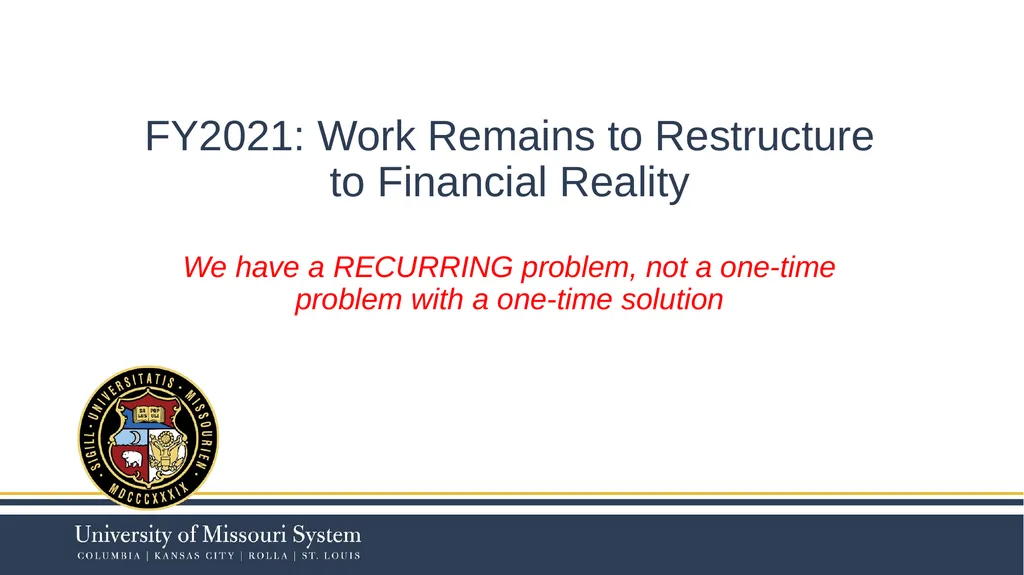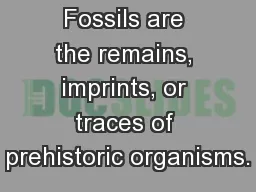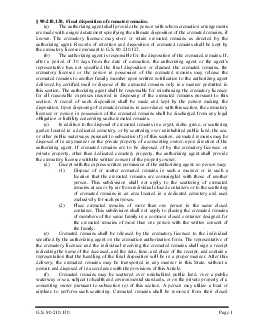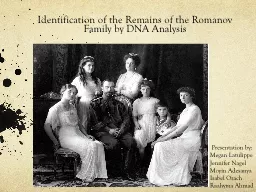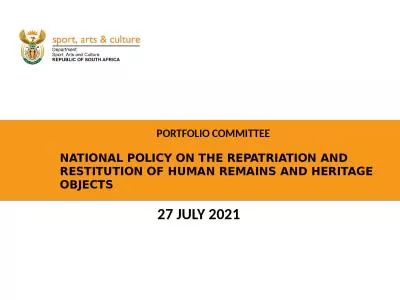FY2021: Work Remains to Restructure to Financial
Author : luanne-stotts | Published Date : 2025-06-27
Description: FY2021 Work Remains to Restructure to Financial Reality We have a RECURRING problem not a onetime problem with a onetime solution State Support Looking Back and Going Forward 2 State revenue will be challenged Shaded portions represent
Presentation Embed Code
Download Presentation
Download
Presentation The PPT/PDF document
"FY2021: Work Remains to Restructure to Financial" is the property of its rightful owner.
Permission is granted to download and print the materials on this website for personal, non-commercial use only,
and to display it on your personal computer provided you do not modify the materials and that you retain all
copyright notices contained in the materials. By downloading content from our website, you accept the terms of
this agreement.
Transcript:FY2021: Work Remains to Restructure to Financial:
FY2021: Work Remains to Restructure to Financial Reality We have a RECURRING problem, not a one-time problem with a one-time solution State Support Looking Back and Going Forward 2 State revenue will be challenged Shaded portions represent economic recession Only drop without preceding recession Appropriations State appropriations have not grown – our largest priority has only received $8M over the past three years Revenues remain well below Hancock limits 4 The Hancock Amendment (1981) set a threshold on total tax revenue based on the personal income of Missourians Threshold value of 5.64% has not been exceeded since 1998 Hancock Amendment also requires voter approvals of new taxes not in effect prior to 1981 Medicaid continues to grow In 2019, Medicaid consumed 39% of Missouri’s budget. On a percentage basis, no other state spent more on Medicaid. (Source National Association of State Business Officers) 5 Missouri Ranks Last in Revenue per FTE Student Growth Since the Great Recession (through 2017) Over this timeframe, Missouri ranks 50th in growth in tuition per student and 42nd in growth in state support per student. Missouri was one of two states to see a decline in both state support and tuition. From 2016 to 2017, Missouri saw the largest annual drop in total revenues per student at 8.4%. Source: SHEEO Real Resources per Student has Changed in Proportion and is Declining State Investment + Enrollment Growth State Slow Growth + Enrollment Maintenance State Slow Decline + Enrollment Growth Shaded portions represent economic recession Higher Education continues to be crowded out Downward adjustments have continued: Missouri dropped higher education spend by 4.2% in FY 2018 and by 4.4% in FY 2019 Nationally, states increased higher education spending by 2.6% in FY 2018 and 3.5% in FY 2020 For FY2019, Missouri spent 4.2% of the state budget on higher education, compared to a national average of 10.1% Missouri spends above average on K-12 education and Medicaid, and below average across all other categories We have a RECURRING problem, not a one-time problem with a one-time solution The pandemic only accelerated trends we are already experiencing 9 Enrollments have been falling for 5 years 10 From 2016-2020: Net tuition dropped $48M State appropriations dropped $75M Grants grew by $44M Giving & Endowment income grew $30M The only significant revenue growth has come from healthcare 11 MU Experienced an Outsized Impact 12 From 2016-2020: Net tuition dropped $71M State
